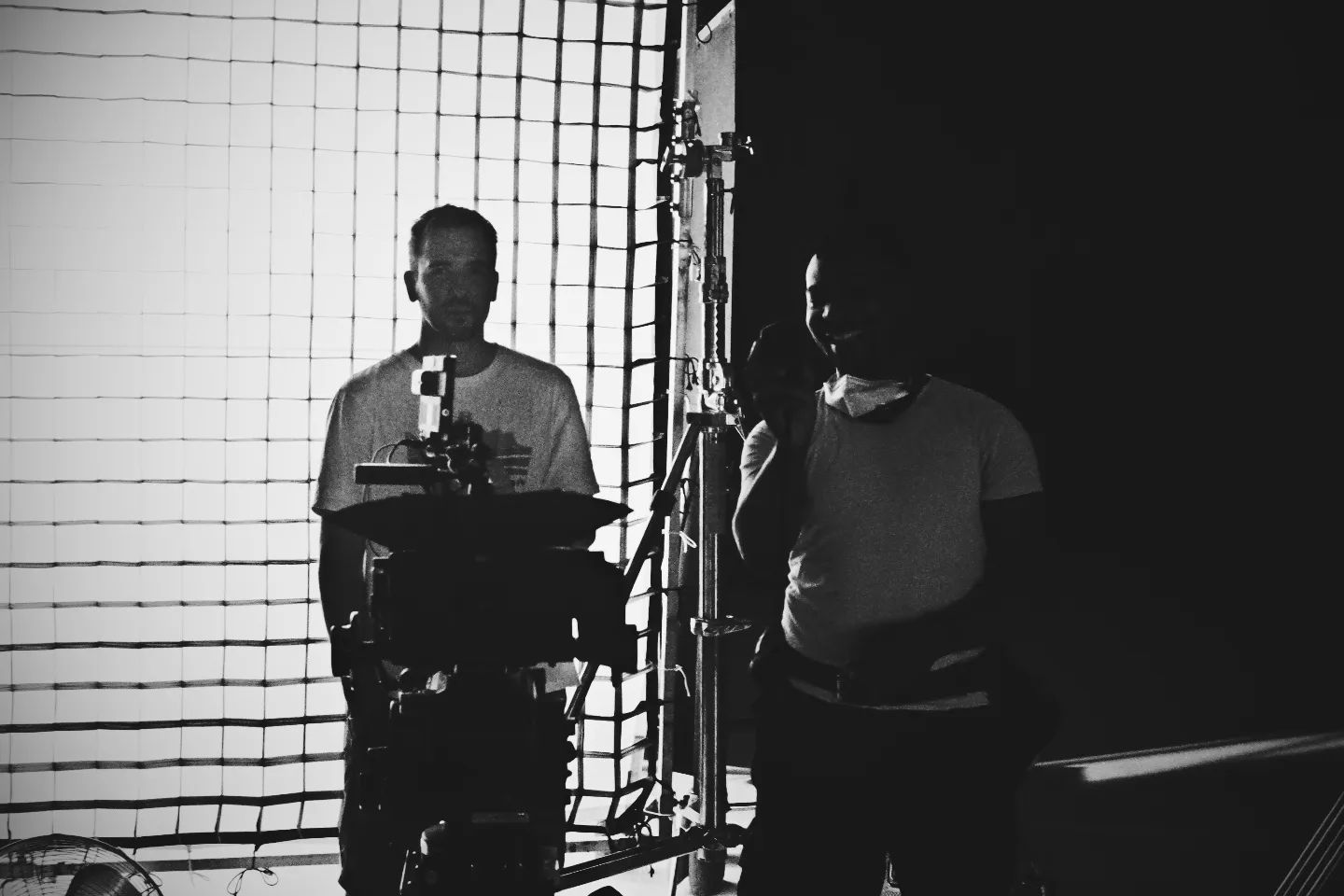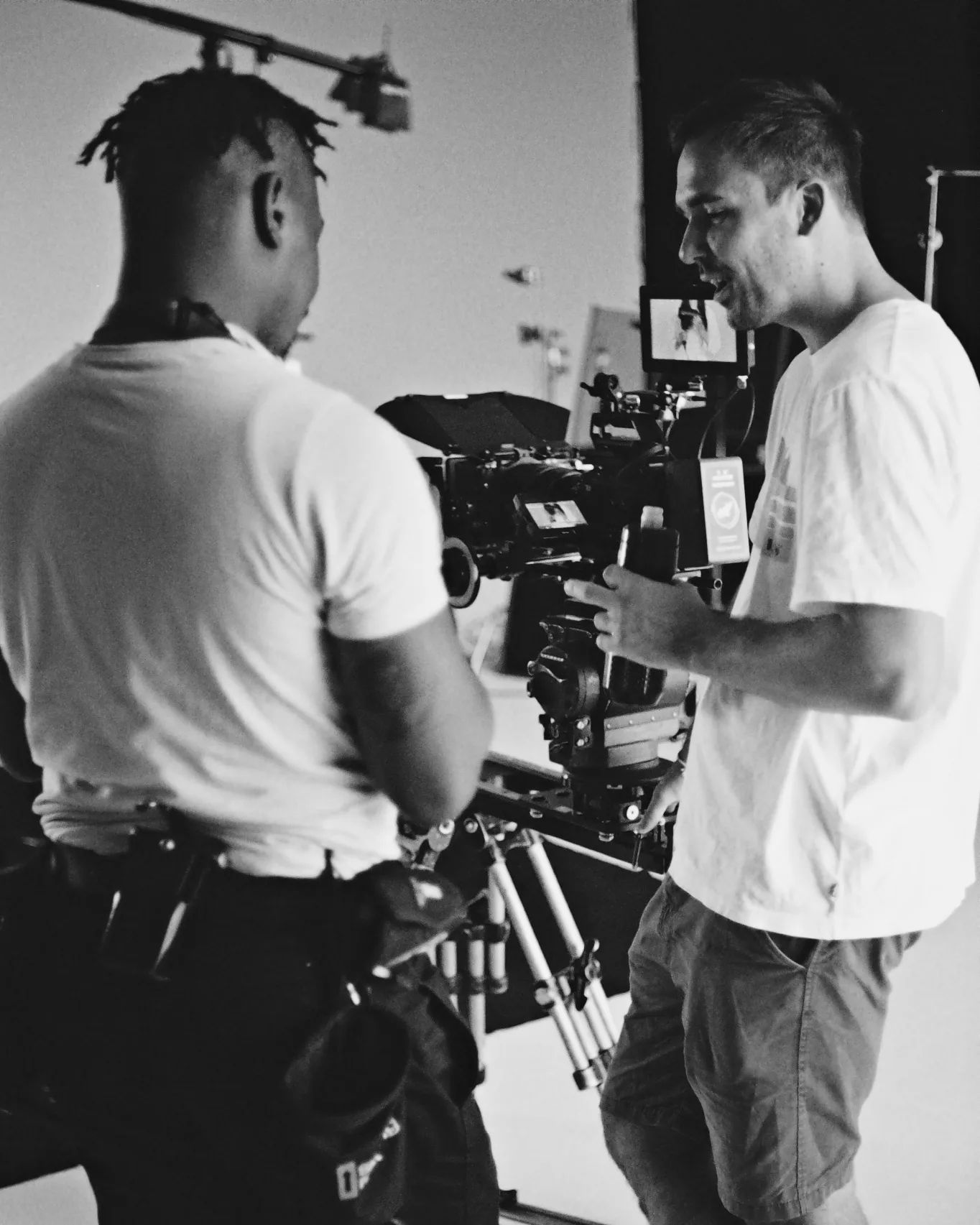
I get that this can be confusing. I'll admit I still get confused at what seem to be different names for the same job role. Cameraman (Camera Operator - PC version), Director of Photography, Videographer, Cinematographer, Lighting Camera Operator, Content Creator, Filmmaker, etc etc. But do they all do the same thing?!
Lets start with some definitions.
CINEMATOGRAPHER
a person who oversees or directs photography and camerawork in film-making, especially one who operates the camera.
Okay, seems straight forward enough. This term isn't used much in the circles I operate in, but maybe that's because I'm not working on feature films (yet).
DIRECTOR OF PHOTOGRAPHY
A director of photography (DP or DoP) is responsible for the visual style of a film or television production. They work closely with the director to ensure that the final product matches the director's vision.
Personally I do call myself a director of photography. However there is a caveat. I'm only a DOP when I have photographic crew to direct, and a director to work with. So if I have a gaffer, best boy, spark etc working with me - I am technically their head of department - therefore I am a Director of Photography. If I don't and it is just me, or just me and a trusted assistant camera doing the lighting - then I'd go with Lighting Camera Operator.
VIDEOGRAPHER
A person who records images or events using a video camera.
There is something about this term that sends a shiver up my spine. Technically we are all videographers, right? The definition is pretty vague. When people ask "are you a videographer?" - I shudder, and say "...yes, kind of." - because I know that most people don't know the differences. But also how twatty would it sound if I returned with "no darling, I'm a DOP". When I hear the word videographer I imagine a wedding videographer, running around trying to do 10 jobs at the same time and not doing any of them amazingly well, but getting some 'cool' shots all the same. I've nothing against anyone that does call themself a videographer by the way, I've been there, done that, got the T-shirt.
CONTENT CREATOR
A content creator is someone who produces content for digital distribution, such as on the internet or other platforms. Content creators can work in a variety of roles, including writer, blogger, vlogger, podcaster, and social media influencer.
A videographer with a twist - someone who calls themselves a content creator are probably over-worked, under-paid and had way too much screen time. So give them some room and maybe buy them a coffee and ask if they are okay.
FILMMAKER
a person (such as a director or producer) who makes movies.
Most of us in this industry in jobs such as mine are working on a little side project short film that makes us a temporary director, or producer. That's fine. It's not my main role day to day so its not a term I'd use. But we are all here to make movies yah?
SO, if you are a producer or an account manager or whoever trying to look for someone to film your shit. Now you know what to look for. Ciao Ciao!



















